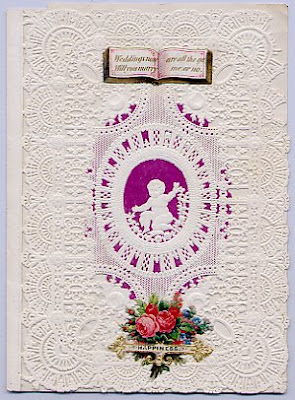
This is a photo of Amundsen-Scott Mars Station (Amundsen-Scott South Pole Research Station) in Antarctica. A full moon and 25 second exposure allowed sufficient light into this photo taken at Amundsen-Scott South Pole Research Station during the long Antarctic night. The new research station can be seen at far left, the power plant in the center and the old mechanic's garage in the lower right of the photo. Red lights are used outside during the winter darkness as their spectrum does not pollute the sky, allowing scientists to conduct astrophysical studies without artificial light interference. A background of green light can be seen in the photo. This is the Aurora Australis, which dances through the sky virtually all the time during the long Antarctic night in winter. The photo's surreal appearance makes the station look like a futuristic Mars Station.
Français: Vue de la station américaine Amundsen-Scott au pôle sud, éclairée par la pleine lune, durant la longue nuit polaire. La nouvelle station est visible tout à gauche, la centrale électrique au centre et l'ancien atelier de mécanique en bas à droite. Durant la nuit polaire, seule la lumière rouge est utilisée pour limiter la pollution lumineuse et ne pas perturber les expériences d'astrophysique menées dans la base. La lumière verte est due aux aurores australes qui sont quasi-permanentes durant la nuit polaire. L'apparence surréaliste de la photo fait penser à une base futuriste sur Mars.
Date: July 2005
Author: Photo by Chris Danals, National Science Foundation
Original photo specifications/details: Dimension = 3072 × 2048 pixels, file size = 1.85 MB, type = image/jpeg.
About the photo when downloaded: Click on the photo to see the photo that you can download. It is reduced in pixels and file size. It is good enough for ordinary purposes. However, if you need the original dimension and size as above for high quality applications, copy of the original can be sent to you by email for a handling charge US$ 2 only through Paypal, if you record your requirement with email in the comment box.
Permission for reusing this image/ licensing: This photo is the work of a National Science Foundation employee, taken or made during the course of the person's official duties. As a work of the U.S. Federal Government, this is a public domain photo. You are free to download and use this photo without asking for any specific permission. However, a link back to this site or post URL will be highly appreciated.









